About six years ago, my family and I moved from Denmark to the U.S. We’d been living in a way I refer to as “simple-clean living.” Simple habits, such as focusing on creating the least amount of trash possible, utilizing the natural resources we had at hands reach, and recycling whenever we couldn’t personally reuse or repurpose, had become a part of our daily lives.
Initially after moving, most of my energy went towards supporting my kids transitioning into this challenging and exciting new life. As we began settling in and feeling more at home, I had more time on my hands. I became aware of how the large level of consumption (specifically the creation of waste and high usage of plastic) is such an intrinsic part of the practical and convenience-oriented lifestyle here in the U.S.
At that time, I realized how we, too, had adapted to these habits and fallen into the consumerism trap. This was not in alignment with the sustainable, simple-clean living I’d envisioned for us back in Denmark, so I decided that we needed to make a change.
I believe that our natural resources are golden worth. For decades we’ve been negatively impacting the environment that some of the harm may not be reversible. I also believe that we can live our lives in harmony with nature, and that to salvage the environment, we have a responsibility to create change.
With that in mind, I embarked into a journey that would change the way we consume, dispose, reuse, and recycle.
Here are some of the things we have done (and you can do, too!) to integrate simple-clean living into our everyday lives:
1. Transportation
- Drive an electric car to significantly reduce harmful air emissions. (In fact, they produce zero exhaust emissions.)
- Ride an electric bike – maybe not to faraway places, but to your local studio, market, restaurant, etc.
- Walk when possible. California is beautiful, so why not experience it on your own two feet?
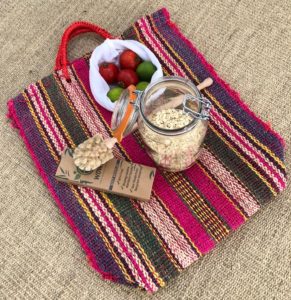
2. Food/produce
- Buy organic and local produce when available.
- Buy in bulk whenever and wherever available.
- Use your own bags and bulk containers for shopping and storage (particularly at farmers’ markets and supermarkets where the produce bags are plastic).
- Cook your own food (it’s good for your health!) and avoid processed, packaged food.
- Minimize consumption of animal products.
- Make your own almond and oat milk.
- Prepare the food you eat, and eat the food you prepare. (We avoid leftovers, as they often end up in the trash.)
- Brew your own coffee and tea. (It tastes great, you’ll save money, and you won’t waste disposable cups.)
- Drink purified water. (Ours is purified with Binchotan Charcoal sticks and tastes delicious.)
- Use bar soap instead of body wash. This uses less packaging (sometimes none at all) and has a longer shelf life.
- Avoid using aluminum foil, which takes about 100 years to decompose and usually ends up on landfills trapping air.
- Use eco-friendly cleaning products. (I love Method and Mr. Meyer’s products. Here are some other options.)
3. Energy Usage
- Charge your electric car at night to consume less energy.
- Program your dishwasher and washing machine to run during off-peak hours.
- Only use LED light bulbs.
- Only use AC at home when inside temperature is warmer than 85 degrees.
- Dry as many clothes as possible outside in fresh air.
- If using the dryer, use dryer balls to save energy. Plus, they double as a great, reusable softener.
4. Containers and Storage
- Refuse single-use plastics, such as straws and utensils, and carry portable, reusable alternatives (consider these straws and utensils).
- Bring/use your own cups for coffee and drinks.
- Instead of takeaway, stay to dine in and ask for real silverware and cups.
- Use every last drop of personal products (and food!). Reuse or repurpose containers whenever possible.
- Keep and reuse glass containers. They can be washed and reused again and again.
5. Gifts
- Make your own handmade gifts (i.e. oil blends, flower arrangements, jams, etc.).
- Give adventures and experiences rather than possessions.
- Repurpose gift bags, wrapping paper, and gift bows.
- Create your own greetings cards.
6. Clothes
- When buying clothes, bring your own bags. (It’s a good idea to always have extra in your car!)
- Buy only what you know you need; avoid impulse buying.
- Donate, exchange, and repurpose clothes you don’t use anymore.
7. Books
- Borrow books from libraries.
- Donate, exchange, and give away used books.
8. Furniture
- Buy at garage sales and/or repurpose.
- Use Freecycle for giving away usable goods you don’t need anymore.
9. Recycle
- If you can’t make it yourself, or reuse, make sure to recycle properly. You’d be surprised to find how much of the recycling actually goes to the landfills.
10. Junk Mail
- Avoid as much as possible.
- Remove yourself from unsolicited mailing lists.
- Call credit bureaus and ask to be removed from mailing lists.
- Enroll in paperless bank statements and documents. (You can usually do this online.)
Sometimes just taking one tiny step is all it takes to begin a journey toward a “simpler, cleaner life.” I’ll dive deeper into each category in the weeks to come. Let’s start taking baby steps together!

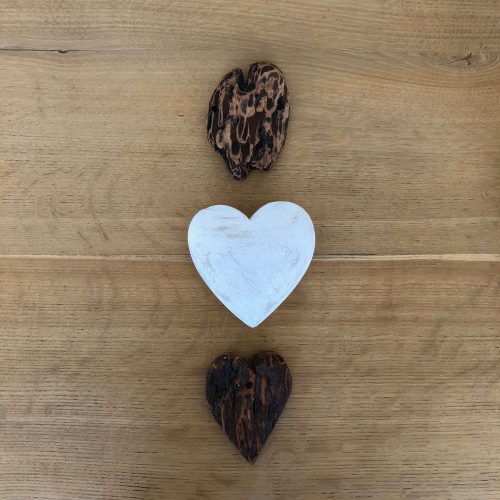







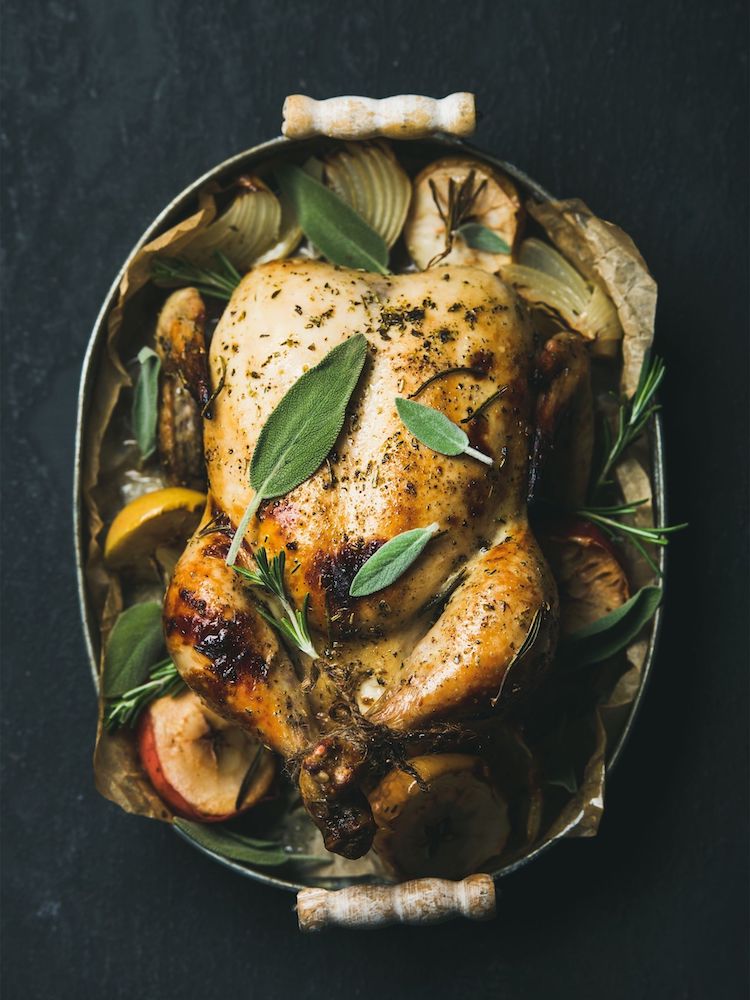
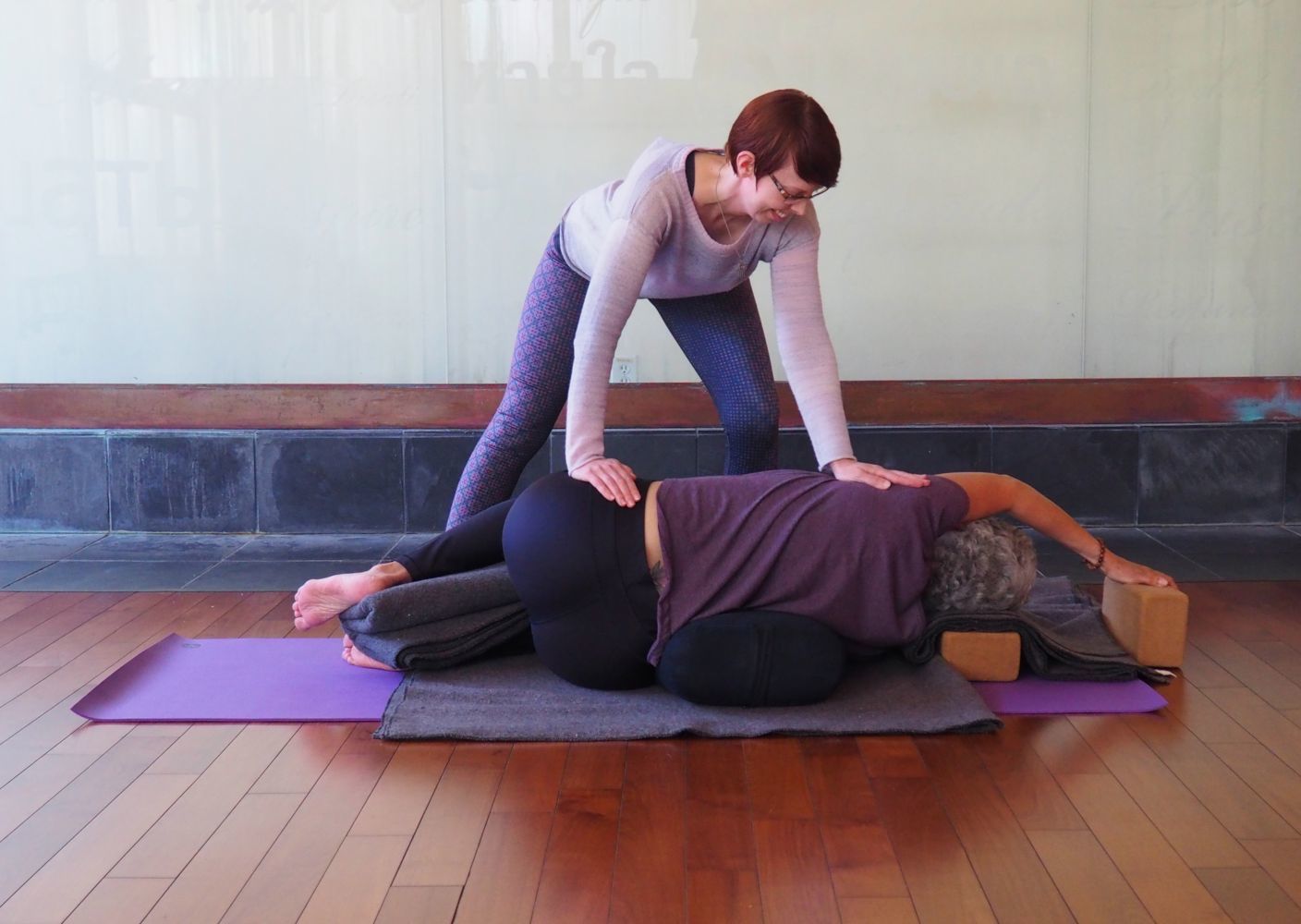

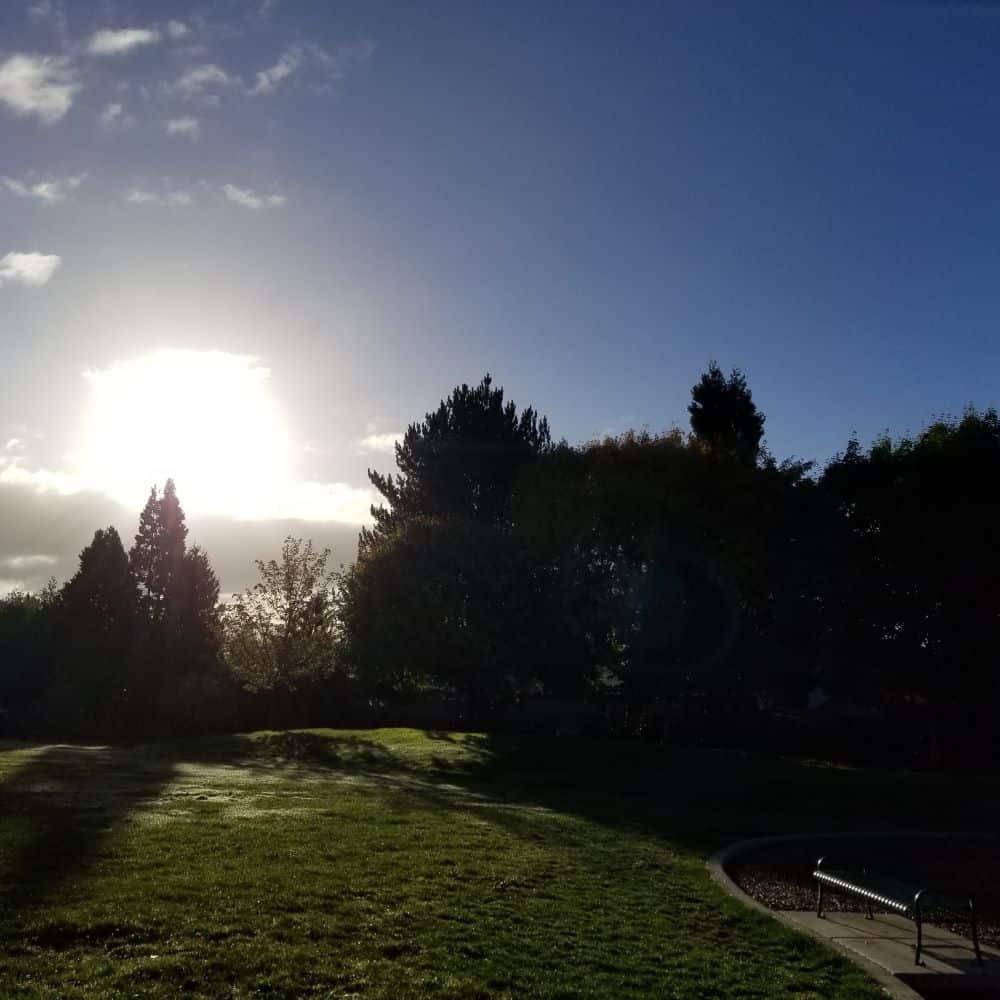
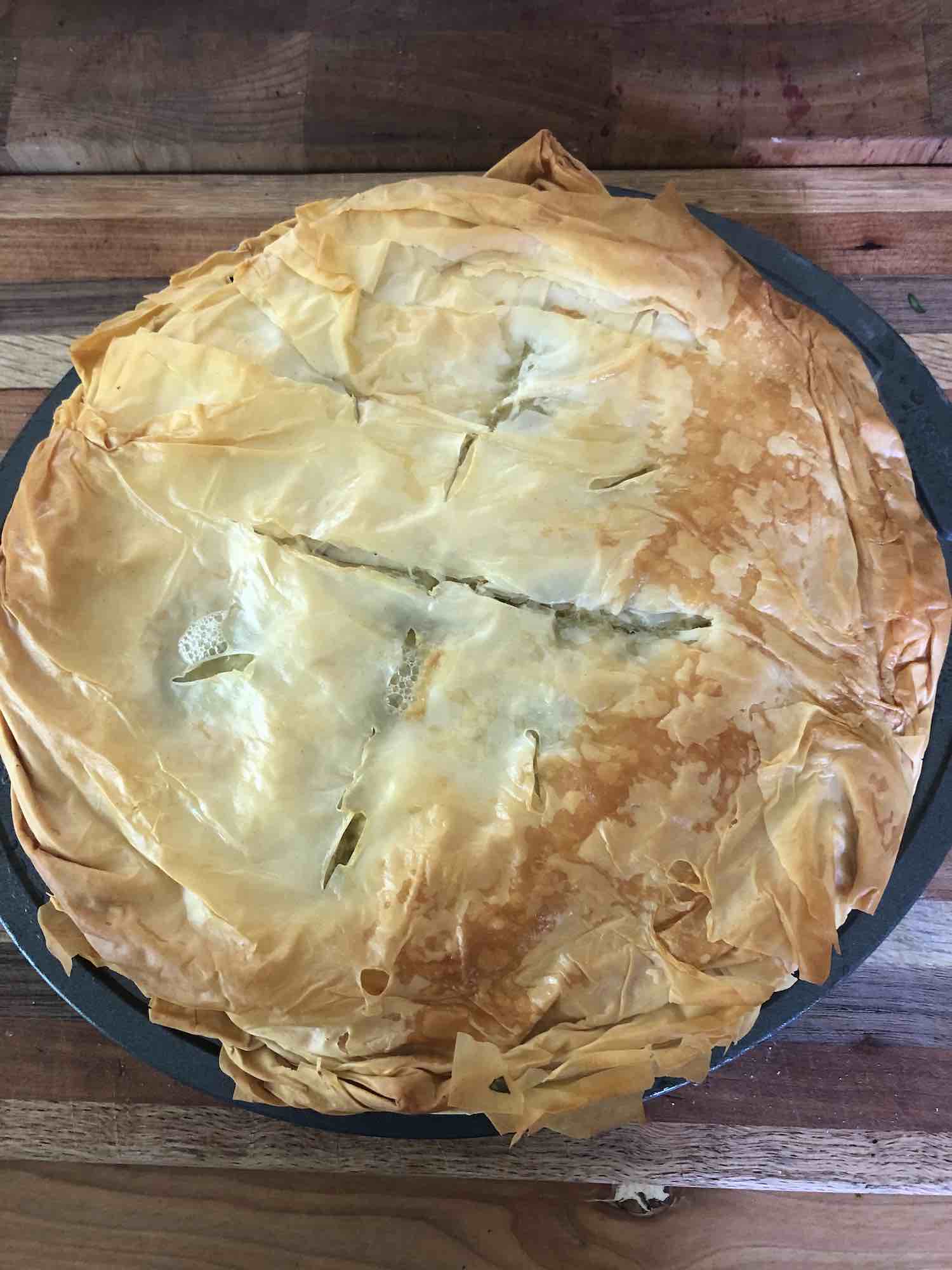

One reply on “Simple-Clean Living: From Denmark to the U.S.”
[…] socialize. People are intentionally buying local, supporting and consuming in more conscious and sustainable ways. Traveling has, in a way, gone back to basics; people are taking road trips and camping, instead of […]